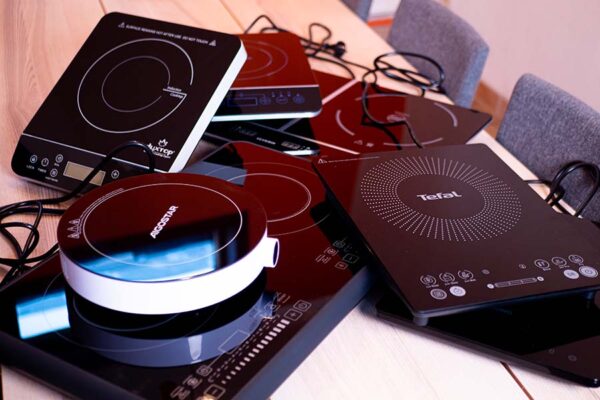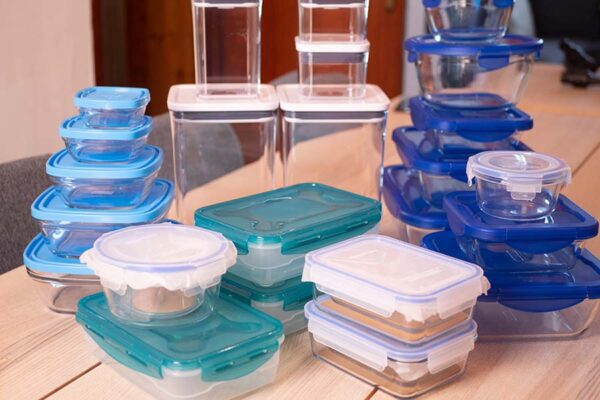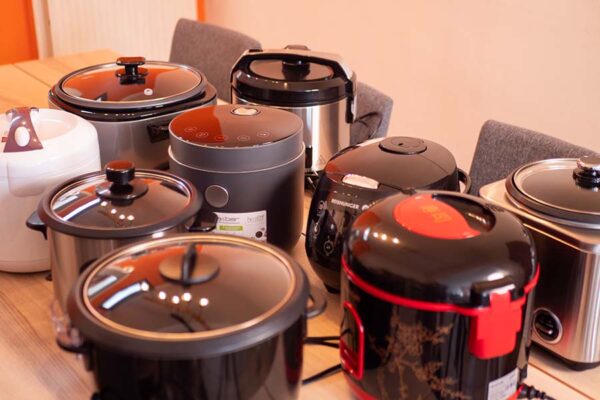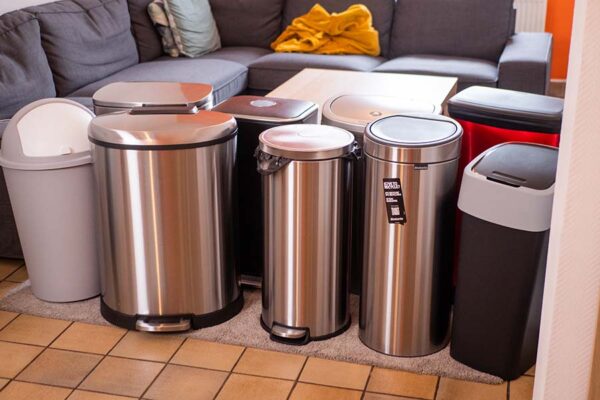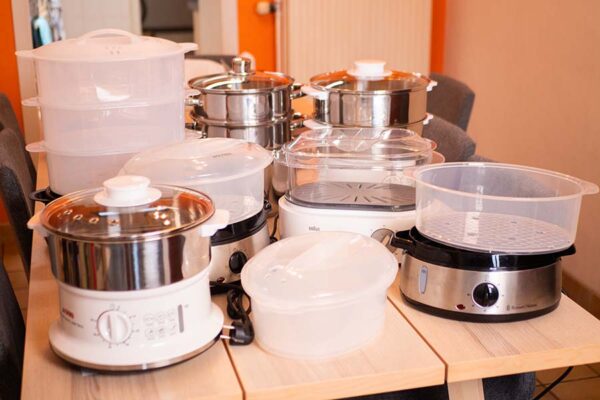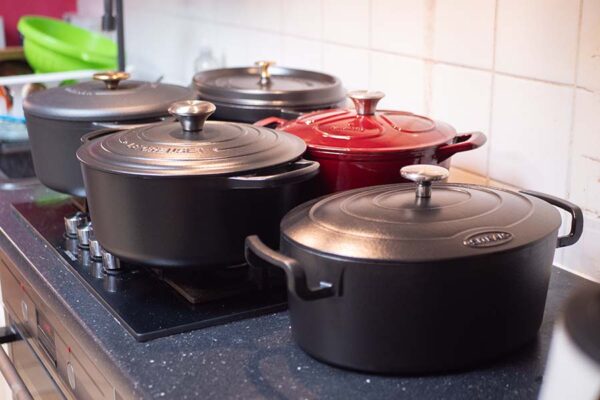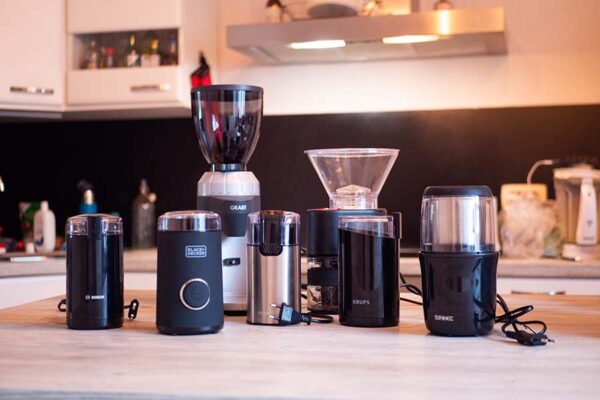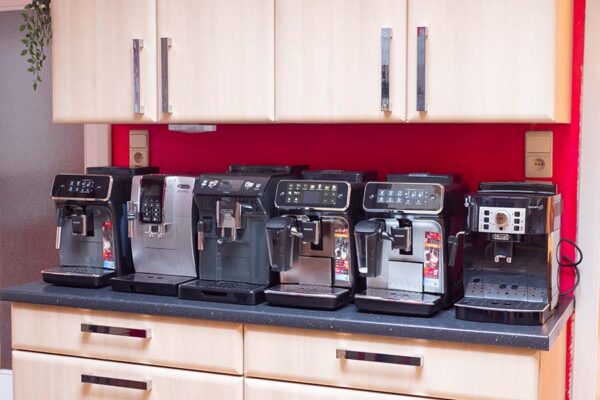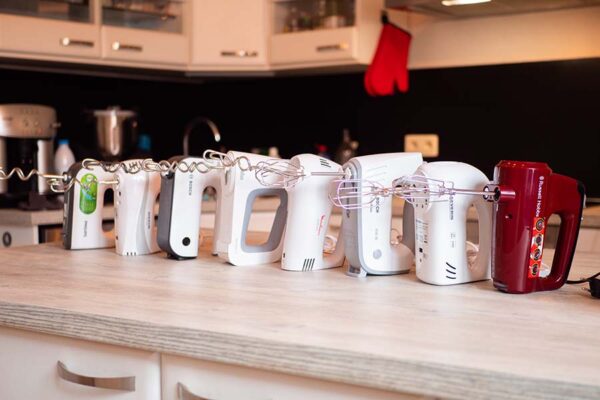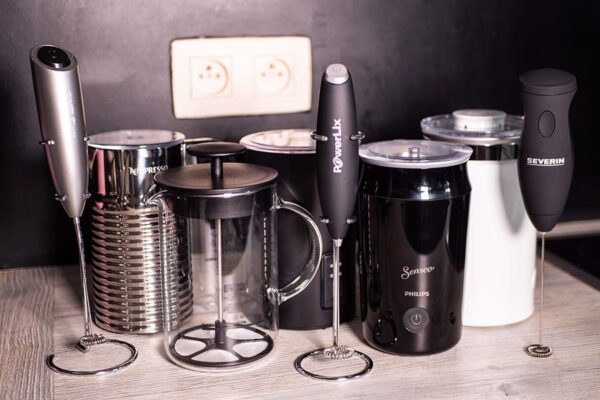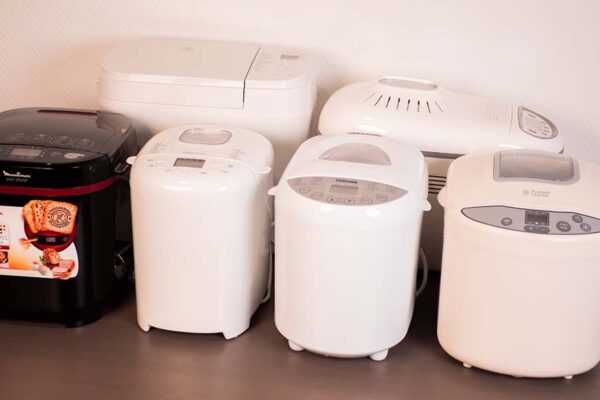Updated on 8 May 2023
The induction hob, fast and safe
 GOOD POINTS
GOOD POINTS
Quick heat-up
Quick shut-off
Precise adjustment
Energy saving
Ease of maintenance
 NEGATIVE POINTS
NEGATIVE POINTS
Obligation to have compatible pans
Higher price
The induction hob works by electromagnetism. For this reason, only compatible pots and pans can be used (with a normal pan, the heat is not diffused). Test with a magnet: if it remains “hanging” on the bottom of the pan, it is induction-compatible. Also note that its diameter is important: if it is too small, the hob will not detect it.
In addition to being quick both to heat up and to cool down, induction offers high temperature accuracy. With this system, only the pan is heated, and if you remove it, the hob will switch off almost instantly.
This not only saves on electricity, but also represents a safety feature if you have children or pets at home (the residual heat is lower than that of a glass ceramic hob).
The glass-ceramic hob, a classic and economical option
 GOOD POINTS
GOOD POINTS
Lower price
Compatibility with all types of pans
Ease of maintenance
 NEGATIVE POINTS
NEGATIVE POINTS
Slower heating
Residual heat after switching off
Higher electricity consumption
The glass ceramic hob is a recent version of the electric hob, characterised by a glass coating that is much easier to clean than the previous generation. Thanks to the heating elements located under the plate, it heats the cookware by radiation.
It is the most common cooking method in fitted kitchens dating back a few years, mainly due to its low price and its compatibility with all types of pans.
However, the glass ceramic hob takes some time to cool down after switching off (it usually has a pilot light or residual heat indicator) and usually has a higher energy consumption than an induction model (but lower than an electric hob).
In conclusion
Although visually very similar, these two types of cooktops are mainly distinguished by their speed of heating and cooling, their precision, and also their price.
If your budget is limited, a glass ceramic hob is more than sufficient and affordable, and most importantly, it will not force you to replace all your cookware. On the other hand, if you have the necessary means or if you are planning to renew all your cooking equipment, an induction hob is a fast and precise alternative.
Translated by Ramsés El Hajje

 GOOD POINTS
GOOD POINTS
 NEGATIVE POINTS
NEGATIVE POINTS
